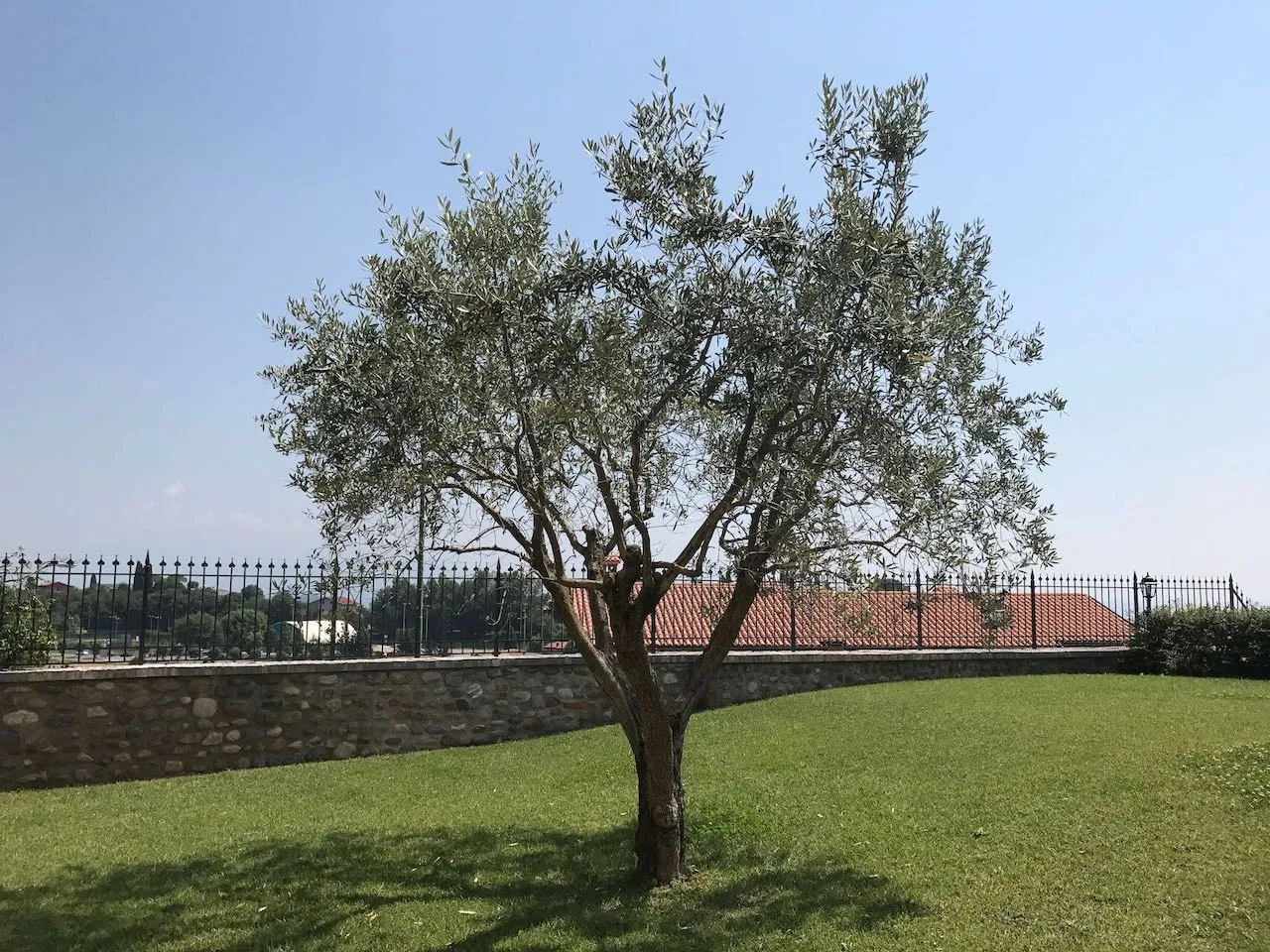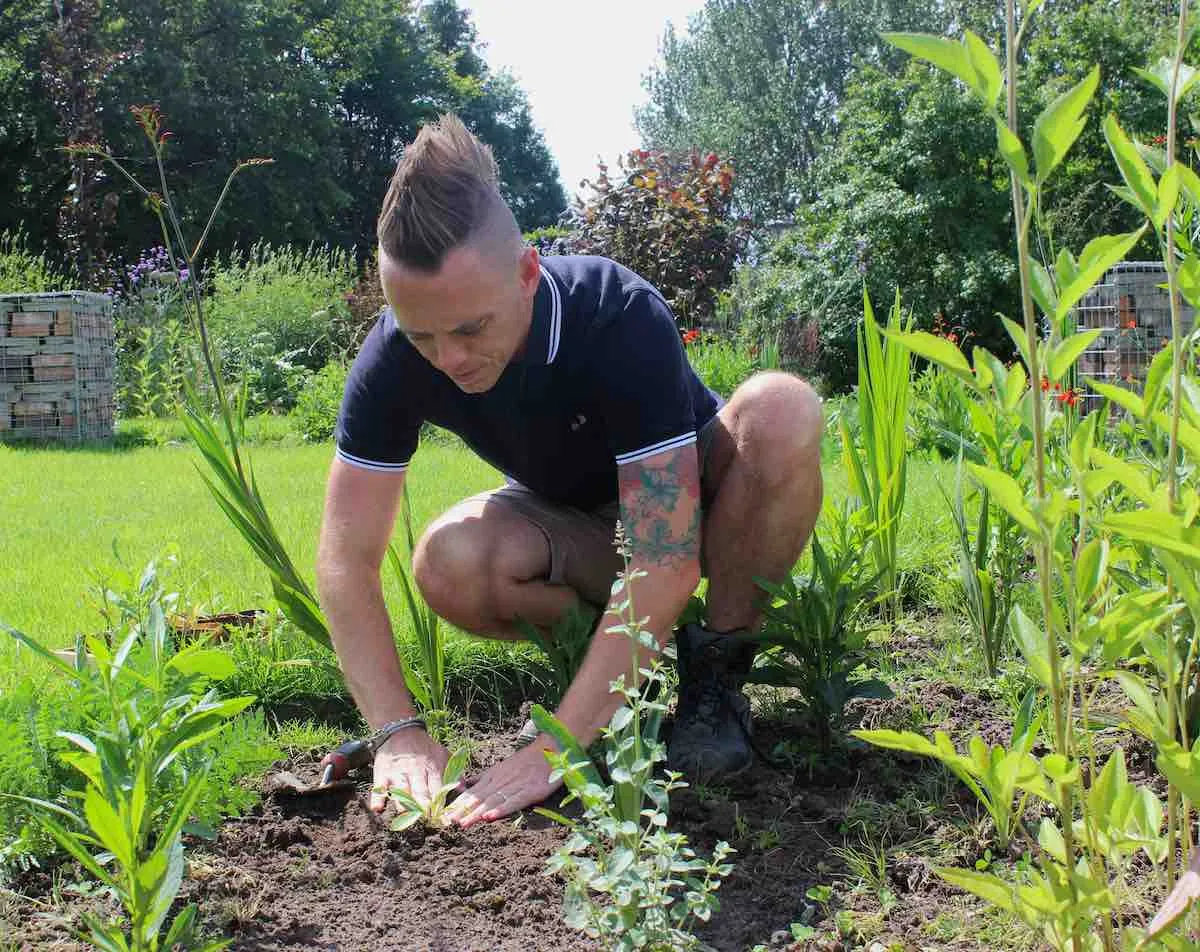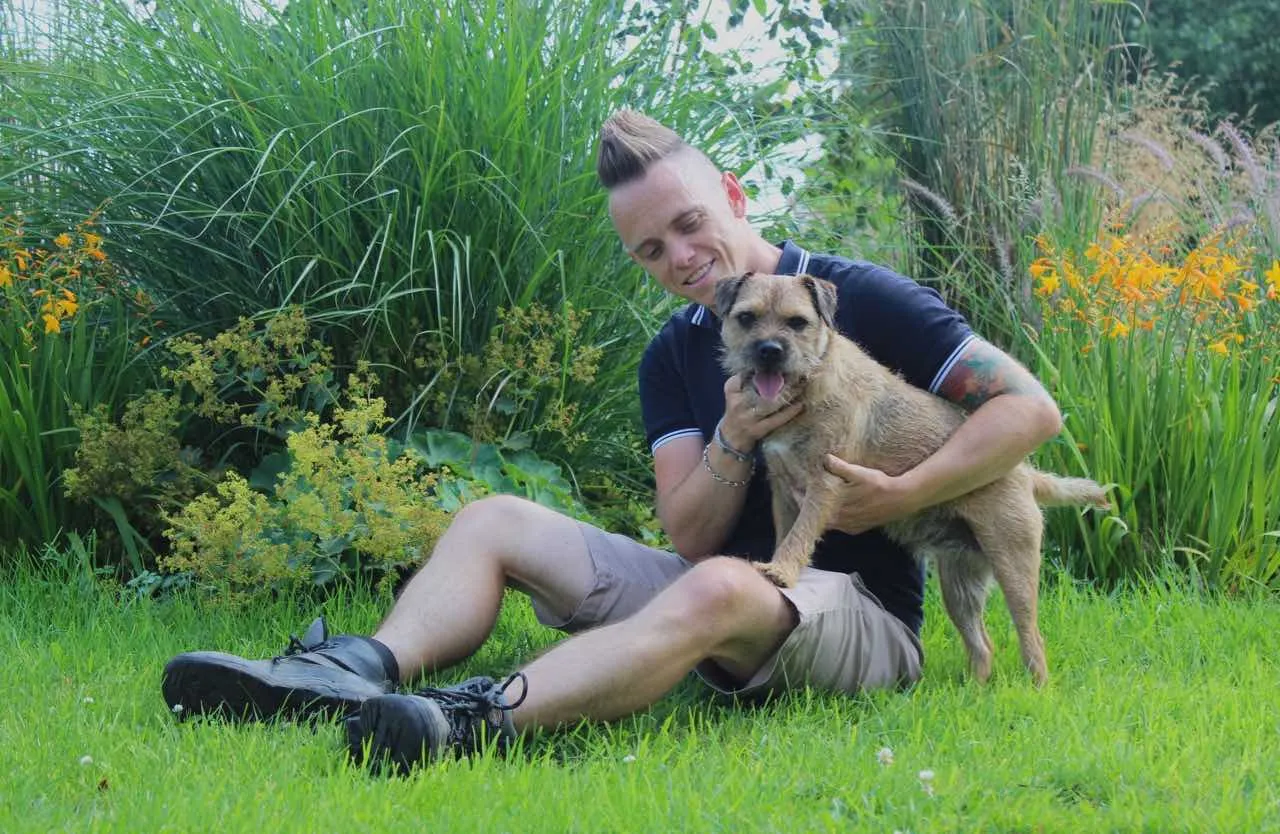Hi,
Thanks for getting in touch on the Garden Ninja Gardening Forum.
This is a common question amongst new and beginner gardeners. What trees won't damage my drains or property foundations? Trees are a vital part of both ecologies for wildlife and successful garden design. There is a tree for every sized garden, even the absolute tiny postage stamp urban gardens can accommodate a tree!
How to choose a tree that won't damage property:
I would never advise planting directly above shallow drains with any shrub or tree as you'll just be asking for trouble really if you ever need to access the drain pipes themselves. However, that doesn't mean that you can't plant near to them it just depends on the tree or shrub. In fact, you could work a design that avoids the drains but uses trees and shrubs as a wonderful design structure to the garden, ie adding height and seasonal interest!

The key to choosing any suitable garden tree is knowing:
- Ultimate height, spread and growth
- Proximity to drains, power lines or services
You want to choose trees that ultimate height is small ie 3-5 meters. Anything that's going to get to 12 meters is wholly unsuitable. (I'm talking about you Lellandi or even Cherry Laurel!) You then want to avoid planting directly on top of shallow drains, give at least 1m if possible or build up.
Researching the best small trees can help along with this garden forum answer I provided on trees for small gardens here.
Use raised beds or planters for your small trees:
However, what you can do is use clever solutions such as using a raised bed to elevate the tree above the ground level. This also provides the benefit of instant height to a garden rather than the usual totally open rectangular garden with a skinny border around the outside.
Choose trees or shrubs that utilise fibrous roots:
You can choose small shrubs that have more fibrous roots, such as Viburnum davidii or even Hamamelis (Witchazel) which are very well behaved.
Here's some further guidance for planting trees once you've found the perfect specimen for your garden.
https://youtu.be/brWyWzrzGGU
Happy gardening!
Lee
Hi,
Thanks for getting in touch on the Garden Ninja Gardening Forum.
This is a common question amongst new and beginner gardeners. What trees won't damage my drains or property foundations? Trees are a vital part of both ecologies for wildlife and successful garden design. There is a tree for every sized garden, even the absolute tiny postage stamp urban gardens can accommodate a tree!
How to choose a tree that won't damage property:
I would never advise planting directly above shallow drains with any shrub or tree as you'll just be asking for trouble really if you ever need to access the drain pipes themselves. However, that doesn't mean that you can't plant near to them it just depends on the tree or shrub. In fact, you could work a design that avoids the drains but uses trees and shrubs as a wonderful design structure to the garden, ie adding height and seasonal interest!

The key to choosing any suitable garden tree is knowing:
- Ultimate height, spread and growth
- Proximity to drains, power lines or services
You want to choose trees that ultimate height is small ie 3-5 meters. Anything that's going to get to 12 meters is wholly unsuitable. (I'm talking about you Lellandi or even Cherry Laurel!) You then want to avoid planting directly on top of shallow drains, give at least 1m if possible or build up.
Researching the best small trees can help along with this garden forum answer I provided on trees for small gardens here.
Use raised beds or planters for your small trees:
However, what you can do is use clever solutions such as using a raised bed to elevate the tree above the ground level. This also provides the benefit of instant height to a garden rather than the usual totally open rectangular garden with a skinny border around the outside.
Choose trees or shrubs that utilise fibrous roots:
You can choose small shrubs that have more fibrous roots, such as Viburnum davidii or even Hamamelis (Witchazel) which are very well behaved.
Here's some further guidance for planting trees once you've found the perfect specimen for your garden.
Happy gardening!
Lee
 Lee Burkhill: Award Winning Designer & BBC 1's Garden Rescue Presenters Official Blog
Lee Burkhill: Award Winning Designer & BBC 1's Garden Rescue Presenters Official Blog



